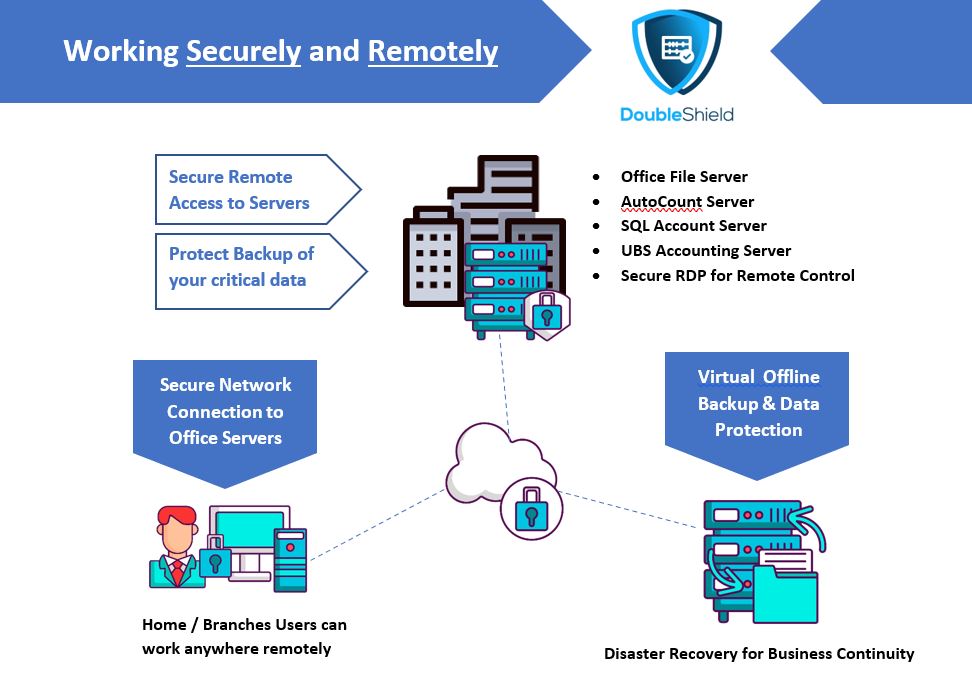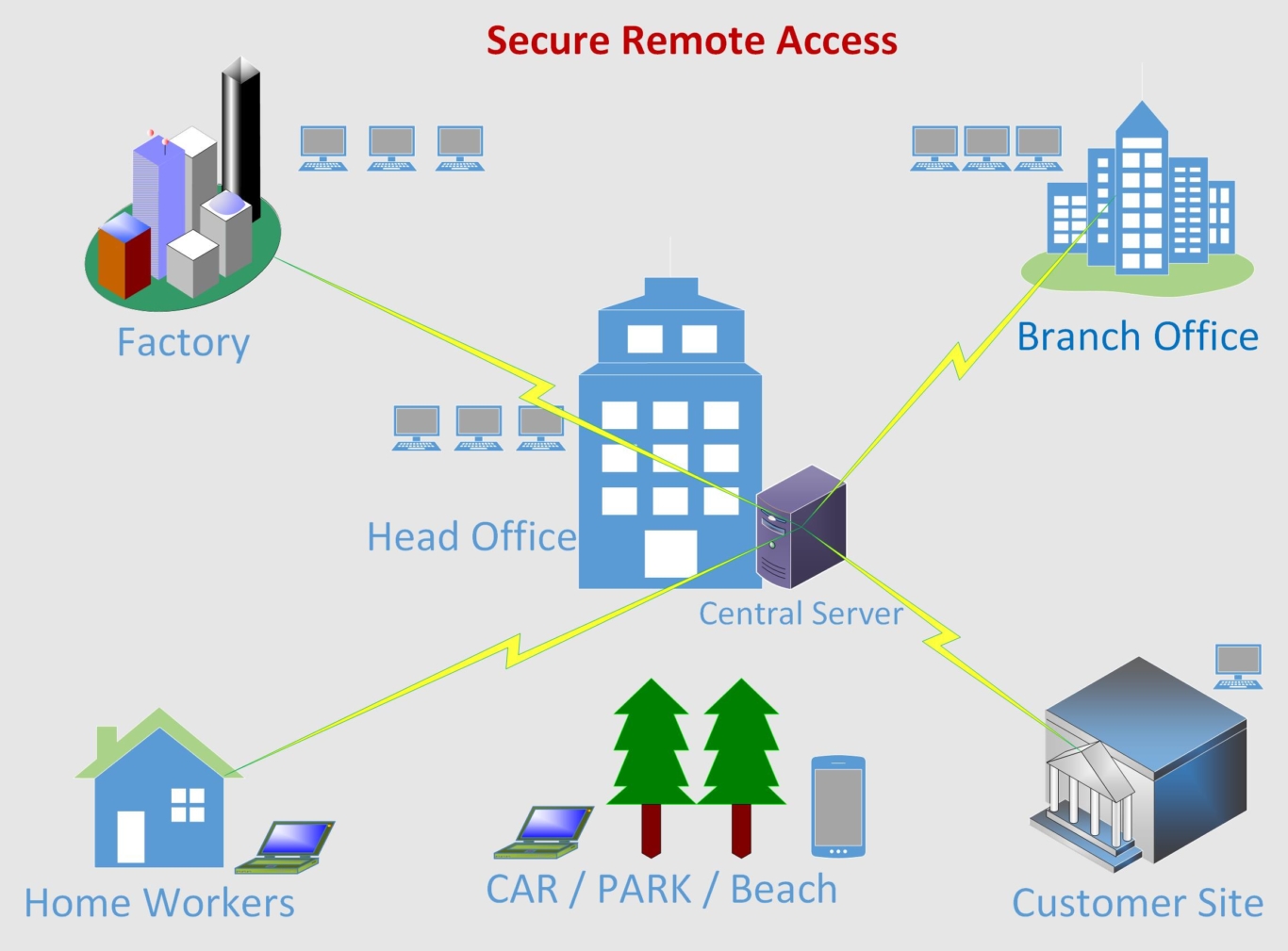

The proliferation of new equipment presents challenges for security teams. Other organizations use the bring your own device (BYOD) model, letting employees perform work activity with their personal or home equipment. Related content: read our guide to Zero Trust Network Access Remote Devicesįollowing the COVID-19 pandemic and the huge number of employees working from home, many organizations were forced to purchase computing equipment and provide it to remote employees, or have employees purchase equipment on their own, leading to potential “supply chain” vulnerabilities, like the SuperFish vulnerability that affected Lenovo laptops. The problem is that many old firewall rules allow access for VPN clients to almost anything on the network.Ī new approach to remote access known as Zero Trust Network Access (ZTNA) ensures that every user and device connecting to the network only receives access to the specific services it needs to access. Today, all users, including non-technical roles, might access systems remotely using VPN. Historically, many companies deployed VPNs primarily for technical roles, enabling them to access key IT systems. When an attacker compromises a VPN (virtual private network), they can easily gain access to the rest of the network. Here are some of the most common security risks affecting remote access. It is also much more difficult to apply security measures like email security solutions.

Employees may be distracted, using the device during off hours, or sharing or their devices with family members, including children, making it easier for attacks to succeed. Phishing attacks, while not unique to remote workers, can be more effective when employees are working remotely.Working from home requires employees to adopt a broader set of tools, such as remote desktop protocol (RDP) and virtual private network (VPN) clients, increasing the attack surface and creating new potential security vulnerabilities.If the transfer protocol is not properly protected, third parties can eavesdrop on the connection and steal sensitive information. When employees connect to a corporate system or storage resource, the data must be transferred through a public Internet connection.All of which can be easily compromised by attackers, yet they are difficult to manage and protect by corporate IT staff. Workers relying on home computers (very often infected with malware, even if not explicitly targeted by attackers), home routers, personal mobile devices, and unsecure Wi-Fi networks. New types of risks are emerging, including: When employees work remotely, the nature and scope of cybersecurity threats change. Remote access security was always important, but as more and more employees work remotely, it is becoming a primary concern for most organizations. This involves securing the remote access protocol itself, ensuring that users do not share credentials or use weak passwords, and securing the devices used to connect remotely, including bring your own device (BYOD). Remote access must be secured to prevent unauthorized access to company resources.

With remote access, users can access files and other system resources from any connected device (as long as it is supported by the remote access system), increasing employee productivity and allowing them to more easily collaborate with colleagues. This is especially important for branch office workers, business travelers and employees working from home. Remote access is the ability of authorized personnel to access a computer or network from a geographical distance, through a network connection. Secure Remote Access: Risks, Auditing, and Best Practices What is Secure Remote Access?


 0 kommentar(er)
0 kommentar(er)
